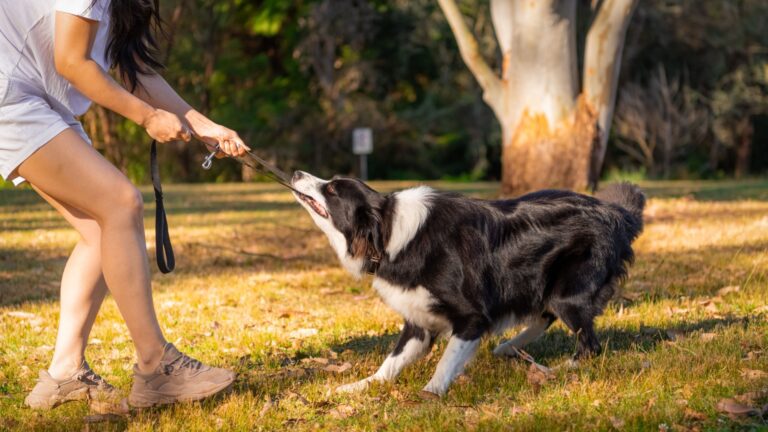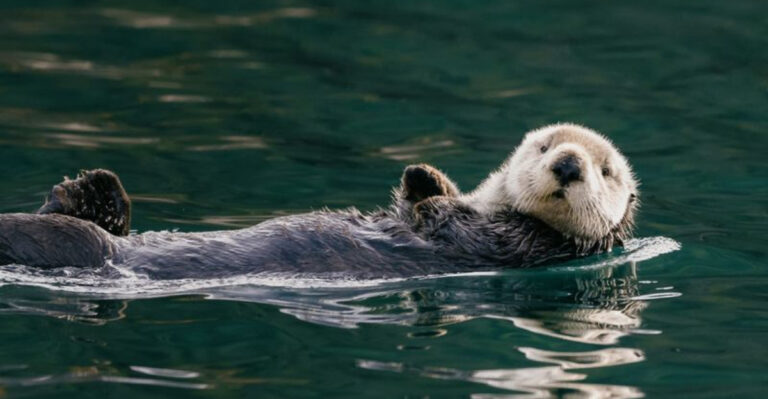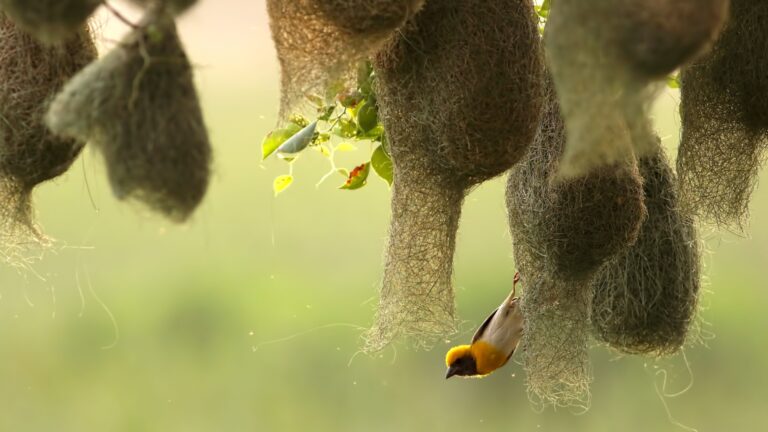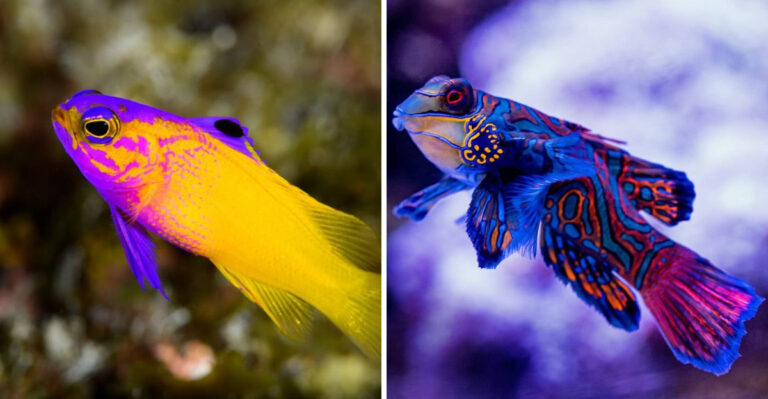13 Resilient Animals That Lived Through The Ice Age
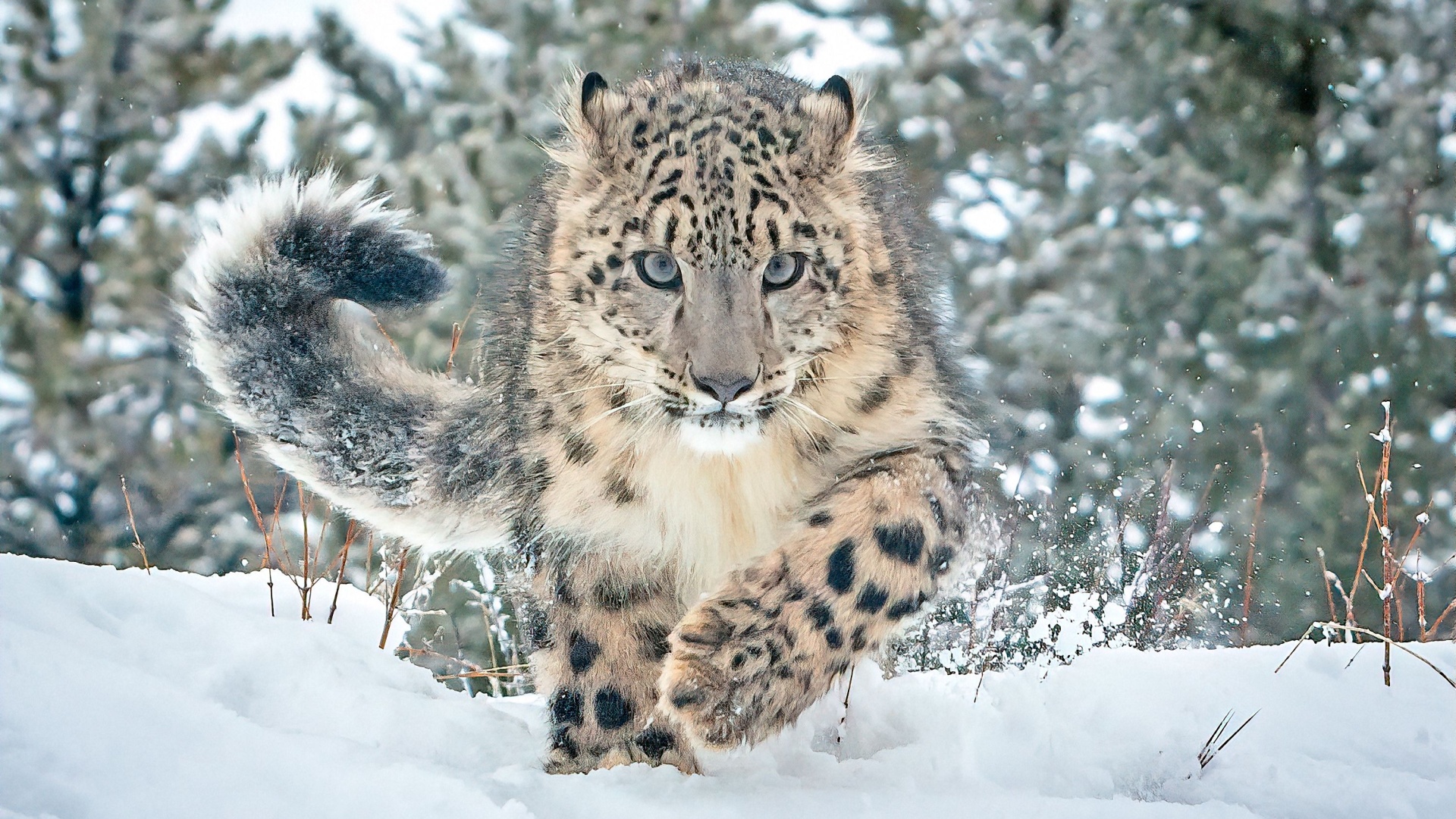
The Ice Age was a time of great transformation when much of our planet was blanketed in ice and snow.
While many animals didn’t make it through this tough period, some managed to survive and even thrive. So, these are 9 amazing creatures that not only lived through the Ice Age but also flourished in its difficult conditions.
1. The Mammoth
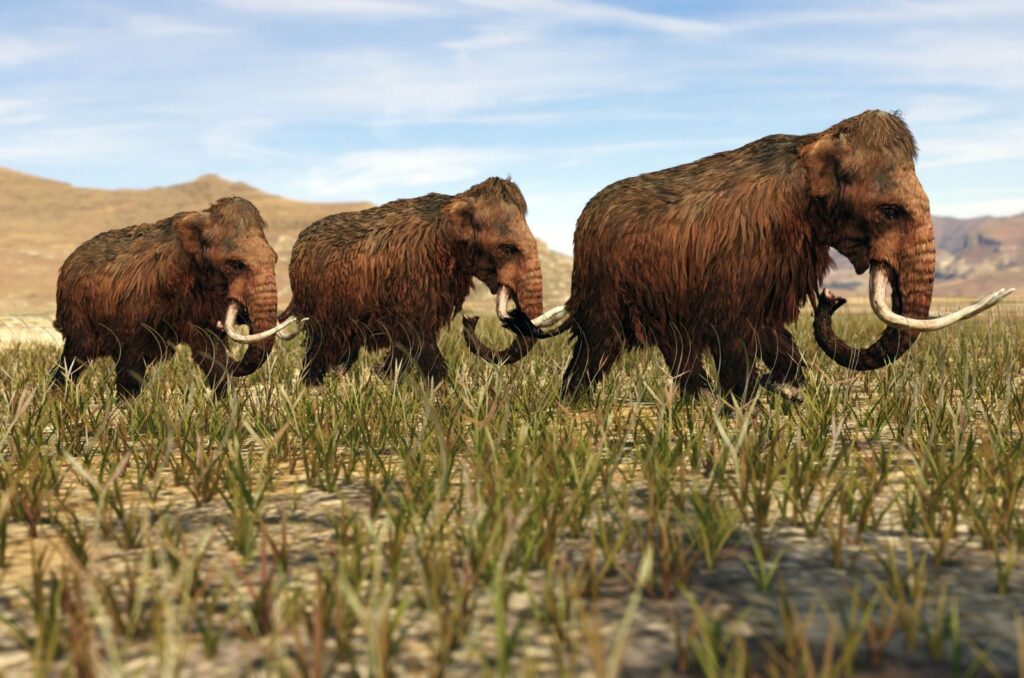
Credit: Shutterstock
The woolly mammoth is probably the most famous animal from the Ice Age. With its thick coat of fur and huge tusks, it was perfectly suited for the cold weather.
These gentle giants wandered the icy terrains of Eurasia and North America, munching on grasses and bushes. Sadly, as the climate warmed after the Ice Age and humans began to hunt them, they eventually went extinct.
However, a small group of woolly mammoths managed to survive on Wrangel Island until about 4,000 years ago. Although there are no living descendants of these magnificent animals today, their legacy continues through their well-preserved remains.
2. The Bison
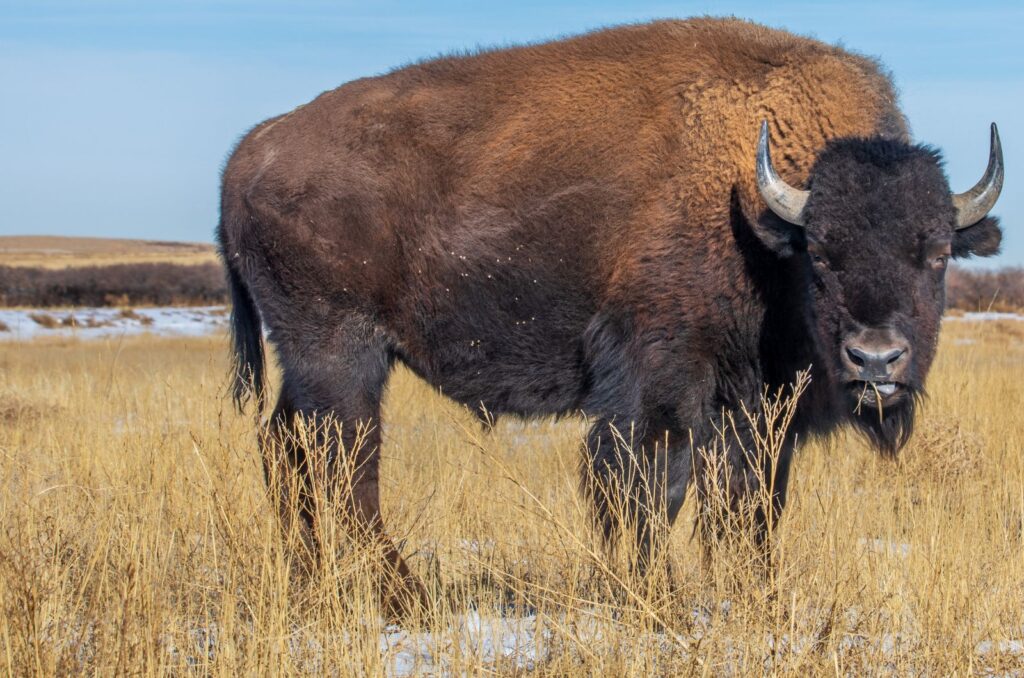
Credit: Shutterstock
The American bison and the European bison, also known as wisent, are the modern relatives of ancient bison that once roamed the Ice Age plains.
These huge herbivores are incredibly strong and tough, and they have adapted to live in many different environments.
3. The Reindeer
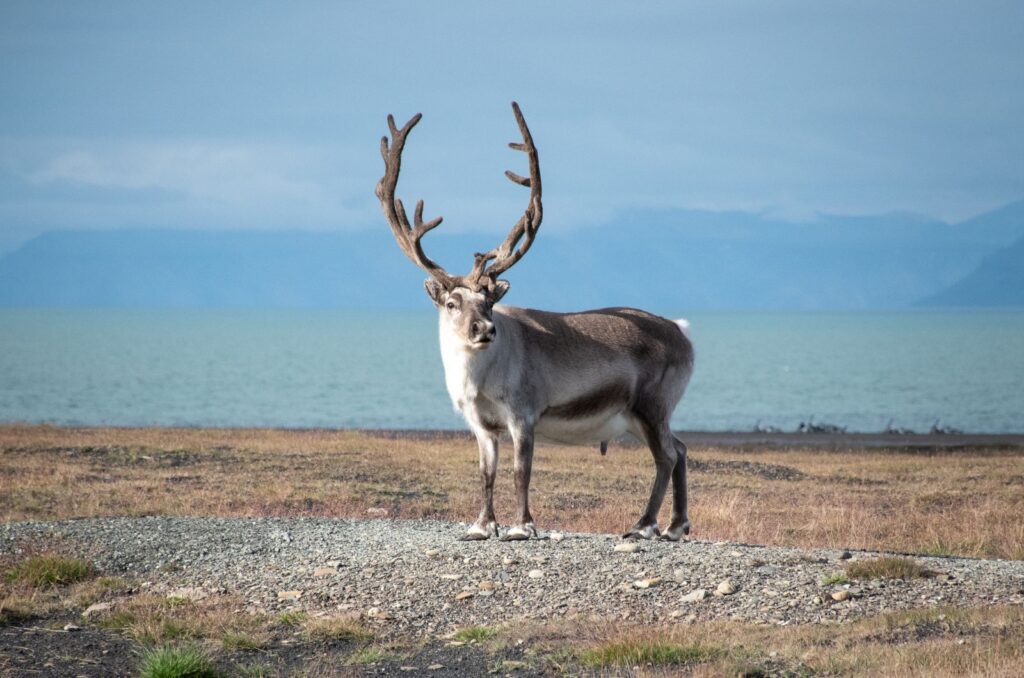
Credit: Shutterstock
Reindeer, also called caribou in North America, are experts at adapting to their surroundings. So, it’s not surprising they have managed to live and thrive in different habitats since the Ice Age.
With their thick fur, big hooves, and ability to travel long distances, they have successfully made their home in the Arctic and subarctic areas.
4. The Horse
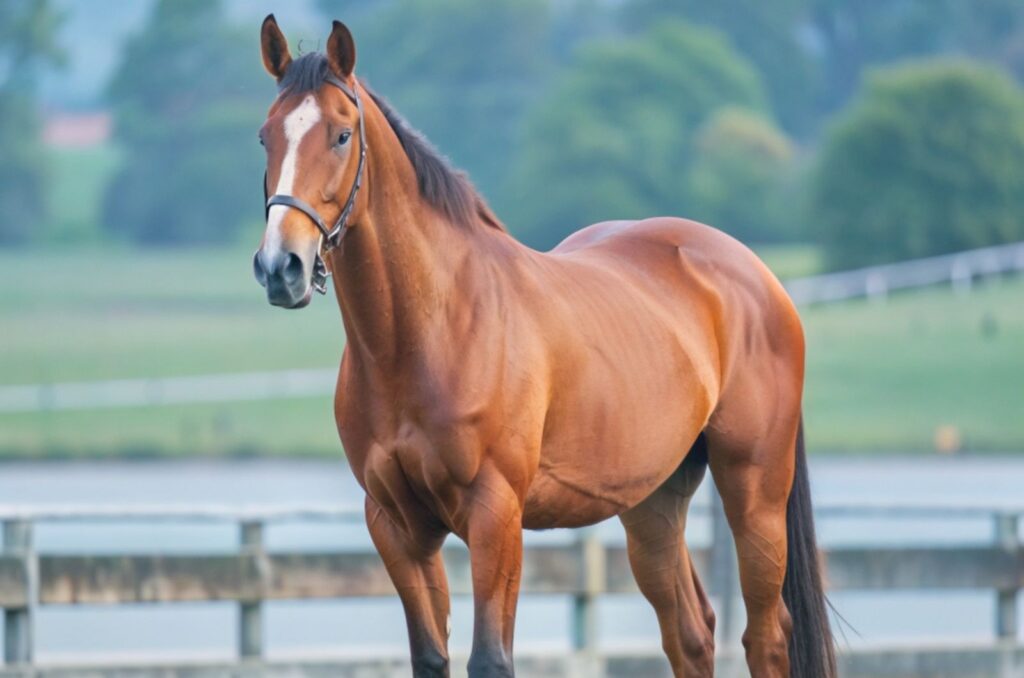
Credit: Shutterstock
The early relatives of today’s horses, like the tarpan, roamed the Earth during the Ice Age.
Although the tarpan is no longer around, horses have changed and evolved over time, leading to the beautiful animals we admire today.
5. The Wolf
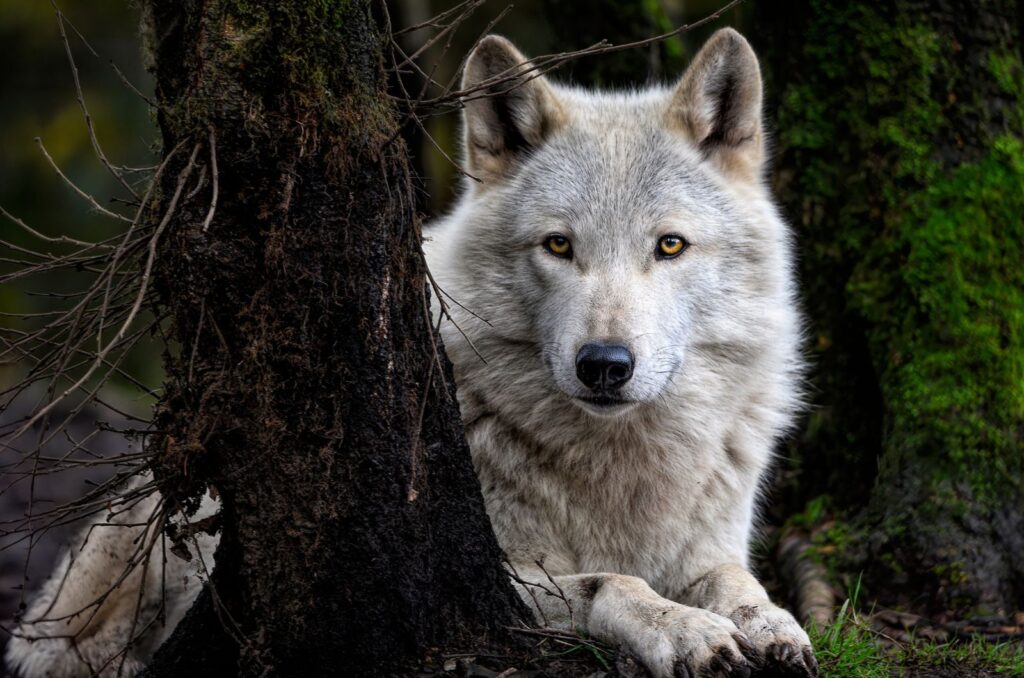
Credit: Shutterstock
Gray wolves and their relatives are actually descendants of wolves that lived during the Ice Age.
These top predators can thrive in many different places, from the icy Arctic to the hot deserts in the Southwest. Wolves are super smart and very social, and they are important for keeping nature in balance.
6. The Muskox
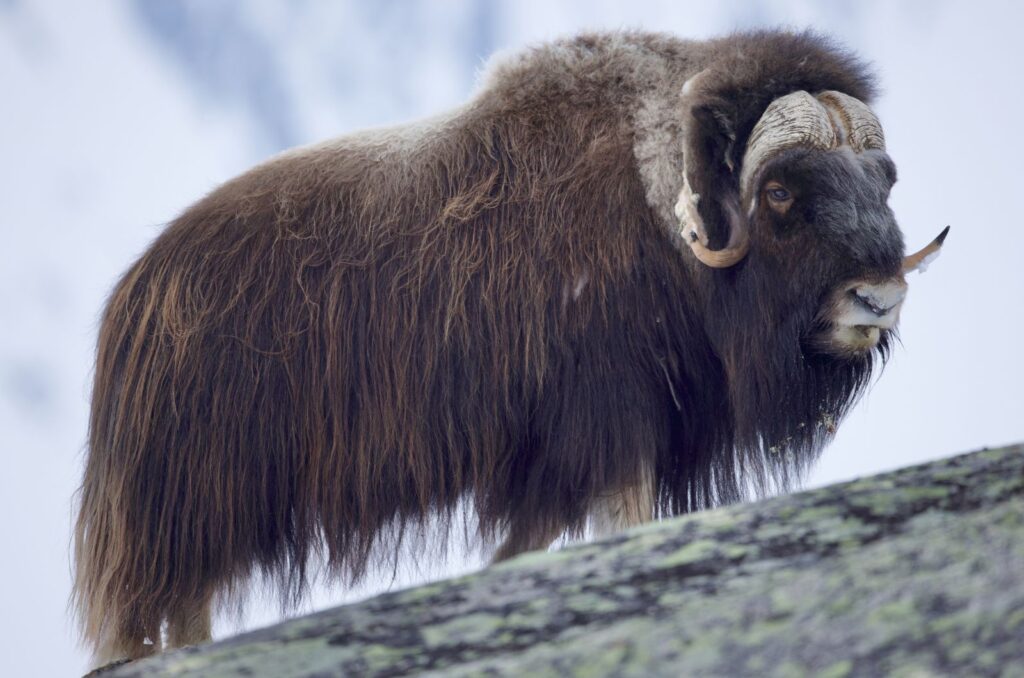
Credit: Shutterstock
Muskoxen are like living fossils from the Ice Age. They have a thick, fluffy coat that keeps them warm in freezing temperatures, and their strong horns help protect them from danger.
These animals are social creatures that form herds, which is really helpful for getting through the tough winter months.
7. The Lynx
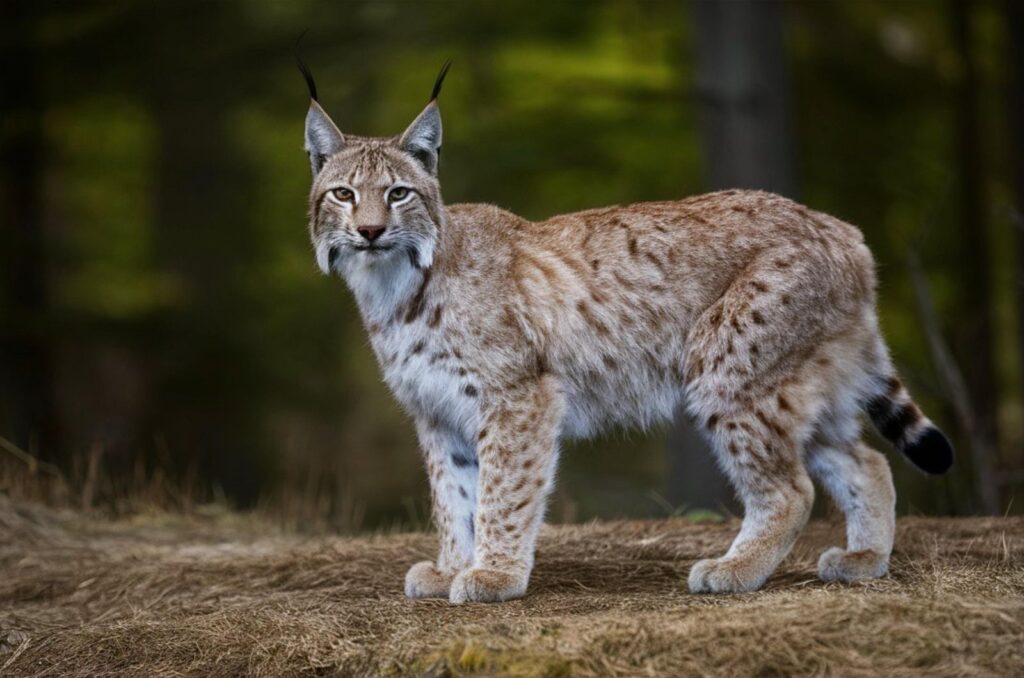
Credit: Shutterstock
The Eurasian lynx and bobcats are related to big cats from the Ice Age. These animals prefer to hunt alone and are perfectly suited for living in forests.
With their sharp eyesight, strong claws, and powerful legs, they are great at catching their food. They are famous for sneaking up on their prey and using their fur to hide in the environment.
8. The Bear
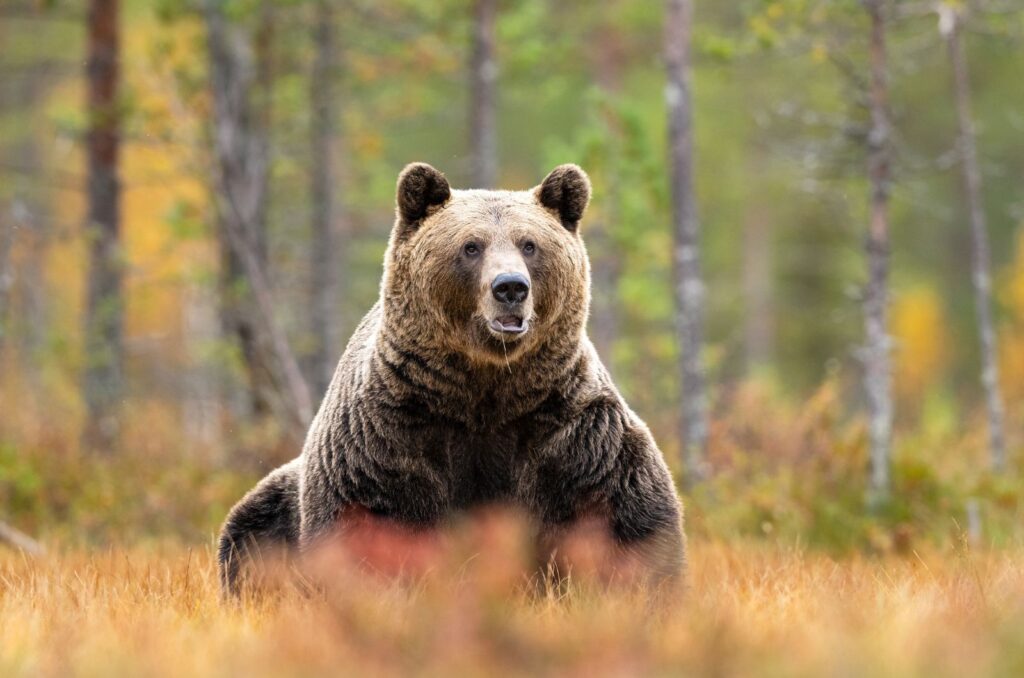
Credit: Shutterstock
Animals like the brown bear and polar bear have ancestors that made it through the Ice Age. These strong creatures can adapt to many different habitats.
Brown bears eat both plants and animals, making them omnivores. They can weigh as much as 1,500 pounds and are fantastic at climbing and swimming, often seen catching fish in rivers.
Polar bears, on the other hand, are the biggest land carnivores in the world. They are built for the Arctic, with thick fur, big paws, and a layer of fat to keep them warm. They are also great swimmers and can spend a long time in the cold environment.
9. The Sea Lion
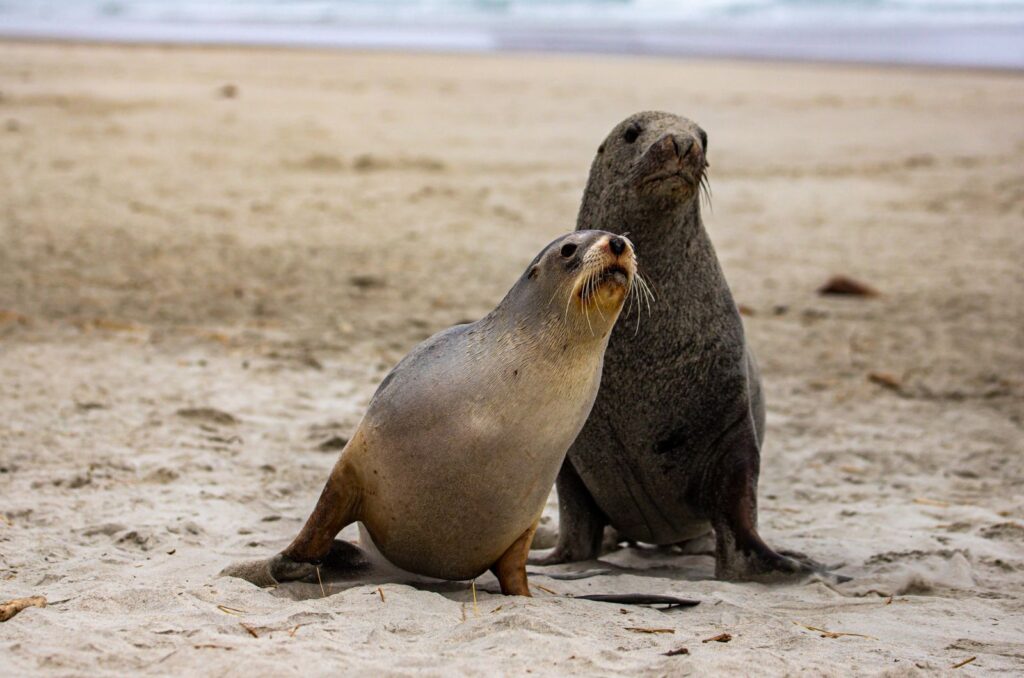
Credit: Shutterstock
Certain types of sea lions, like the California sea lion, also have ancestors that roamed the Earth during the Ice Age. These sea creatures are perfectly designed for ocean life, with sleek bodies and strong flippers. They are also very smart and playful, often seen doing tricks and flips in the water.
10. Woolly Rhinoceros
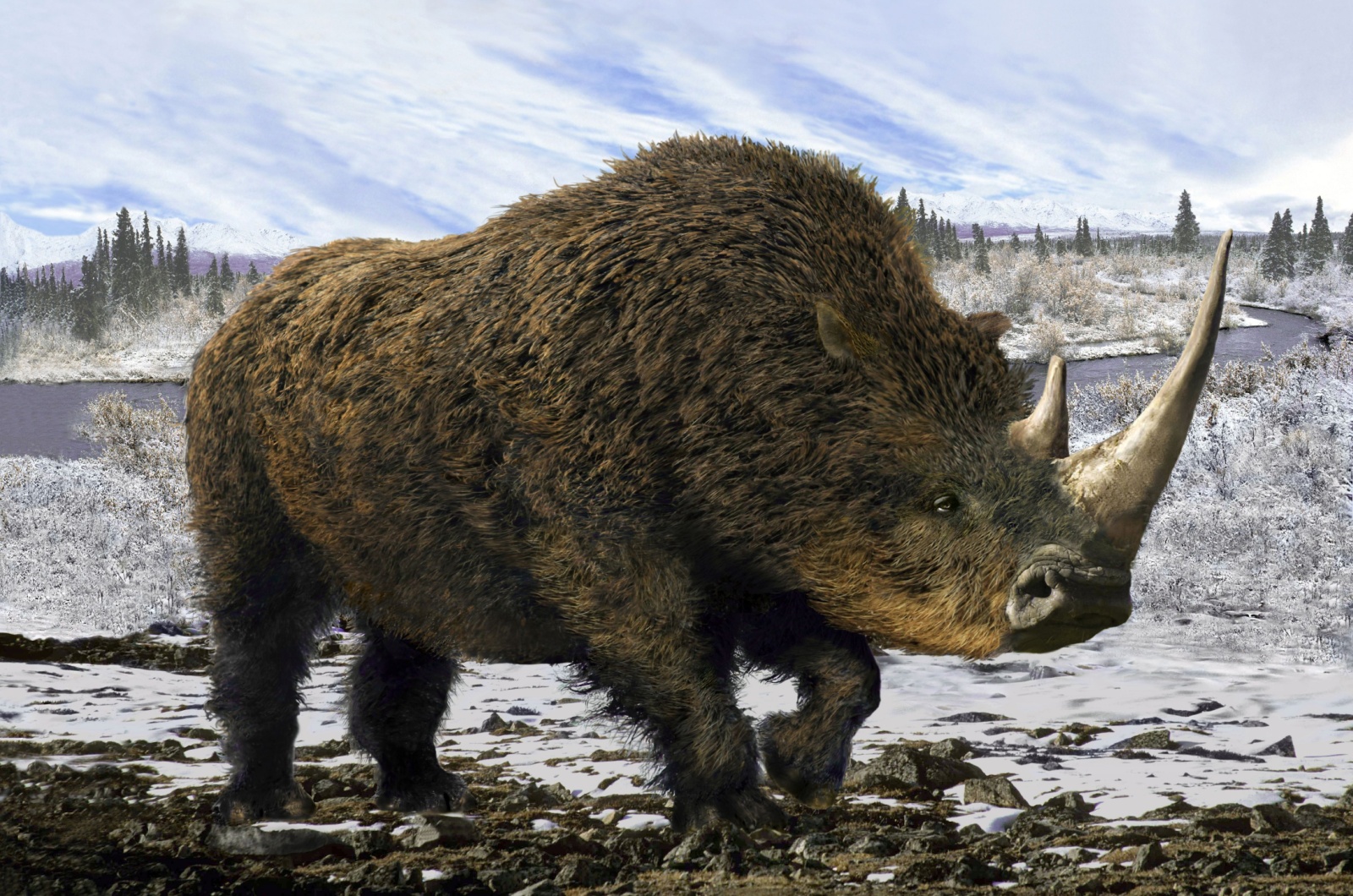
Credit: Shutterstock
The woolly rhinoceros was a massive, shaggy-coated giant that roamed the icy plains of Europe and Asia during the Ice Age.
Built for the cold, it had thick fur, a stocky body, and a long, curved horn that likely helped it clear snow to find food. These herbivores thrived in the freezing temperatures, grazing on tough grasses and shrubs in their frozen habitats.
Sadly, like the woolly mammoth, they couldn’t survive the warming climate and the pressures of human hunting, going extinct around 10,000 years ago.
Fossils and cave paintings left by early humans offer us glimpses of this majestic creature’s life. While it’s gone, the woolly rhino remains an icon of Ice Age resilience and mystery.
11. Saiga Antelope
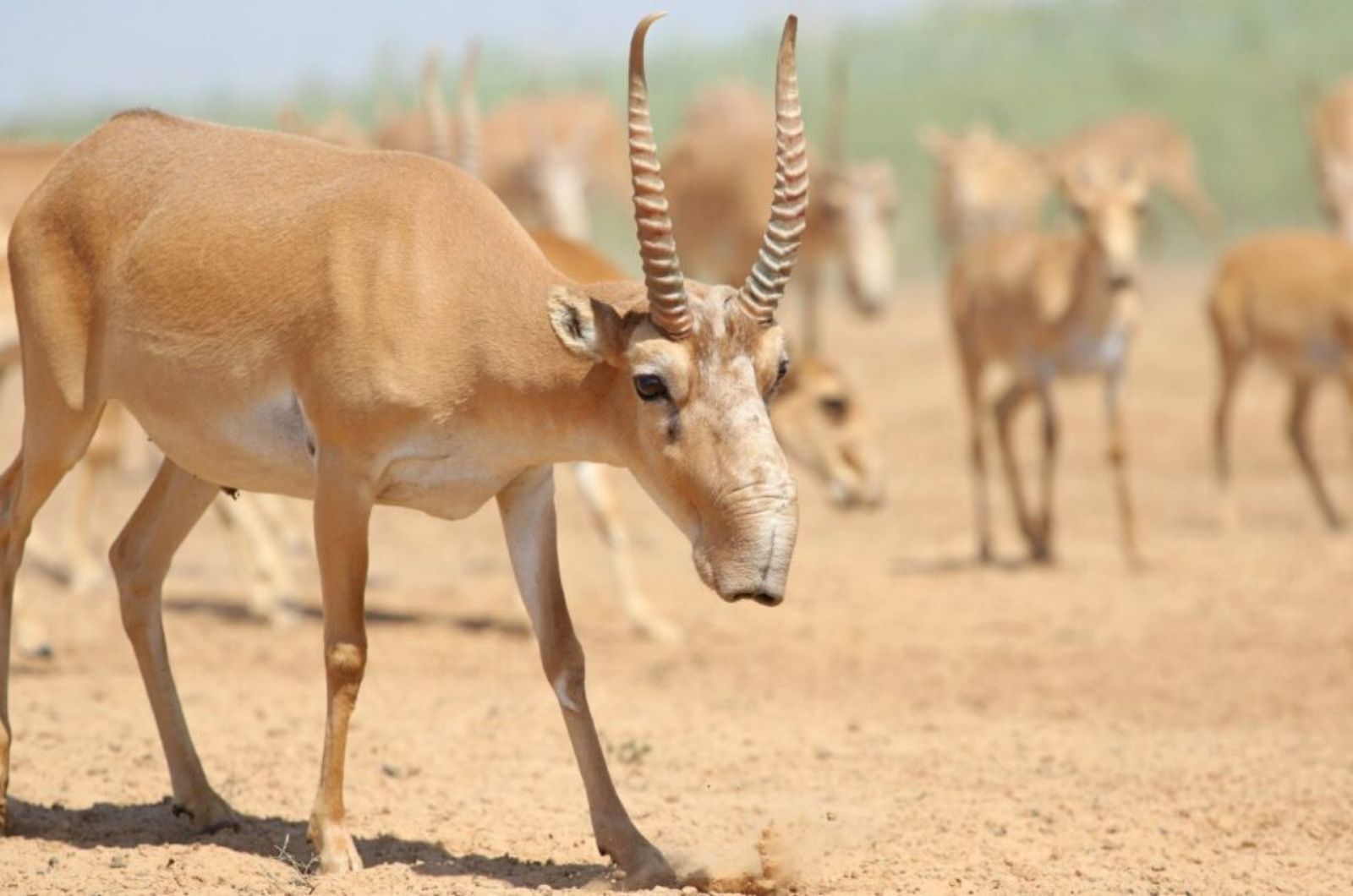
Credit: Shutterstock
The saiga antelope is like a time traveler from the Ice Age, still roaming the steppes of Central Asia today. Its most striking feature is its large, bulbous nose, which helped it survive harsh Ice Age conditions by warming icy air before it reached its lungs.
These tough survivors grazed across frozen grasslands, enduring extreme cold with their thick coats and adaptability. Amazingly, the saiga outlived mammoths and woolly rhinos, but modern threats like habitat loss and poaching have pushed them to the brink of extinction.
Conservation efforts are now underway to protect this ancient species and ensure its story continues. Seeing a saiga in the wild is like catching a glimpse of a living relic from our planet’s frosty past.
12. Arctic Fox
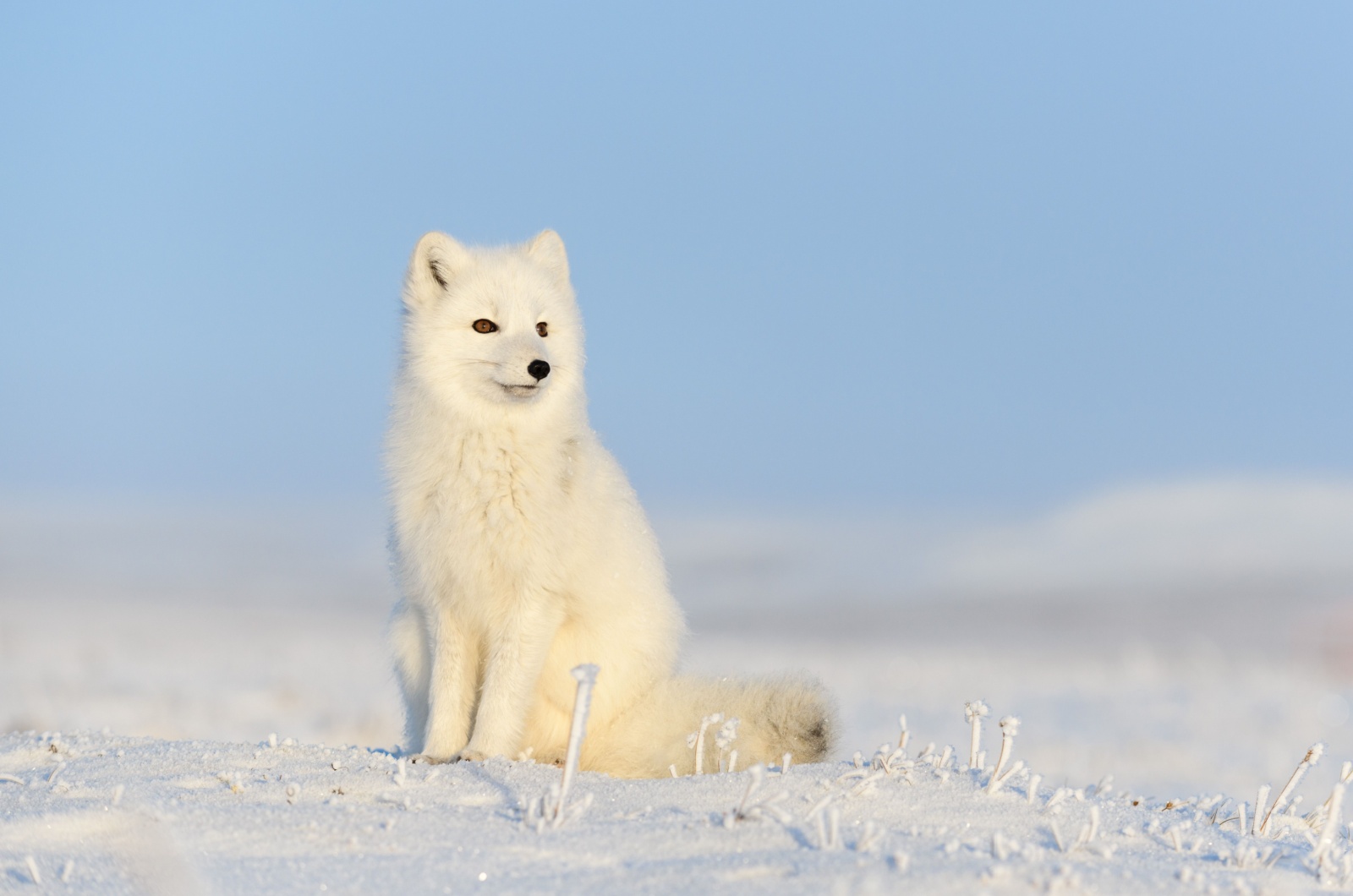
Credit: Shutterstock
The Arctic fox (Vulpes lagopus) is one of nature’s toughest survivors, having endured the harshest conditions of the Ice Age and continuing to thrive in the frozen Arctic today.
With temperatures dropping as low as -58°F (-50°C), this small but resilient predator developed a thick, insulated coat that changes color with the seasons—white in winter for camouflage in the snow and brown or gray in summer to blend with tundra landscapes.
Its fur-covered paws help it walk on ice, while its compact body shape minimizes heat loss. Fun fact: The Arctic fox has the warmest fur of any animal found in the Arctic, even warmer than a polar bear’s!
13. Snow Leopard
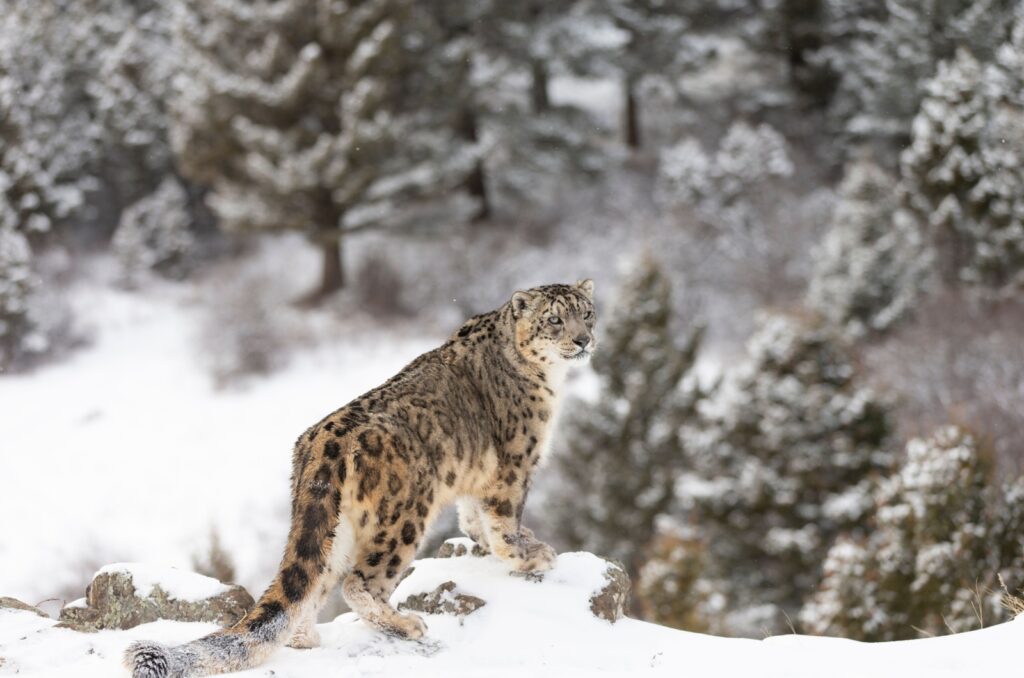
Credit: Shutterstock
The Snow Leopard (Panthera uncia) is a stealthy and powerful big cat that survived the Ice Age by adapting to extreme cold and rugged mountain terrain.
Found in the Himalayas and Central Asia, this elusive predator thrives at elevations up to 19,000 feet (5,800 meters), where temperatures can plummet to -40°F (-40°C).
Its thick fur, large nasal passages, and long tail (which it wraps around itself like a scarf) help it retain warmth. Built for stealth, its wide paws act like snowshoes, preventing it from sinking into the snow. Fun fact: Snow leopards are so elusive that they are often called the “ghosts of the mountains.”


